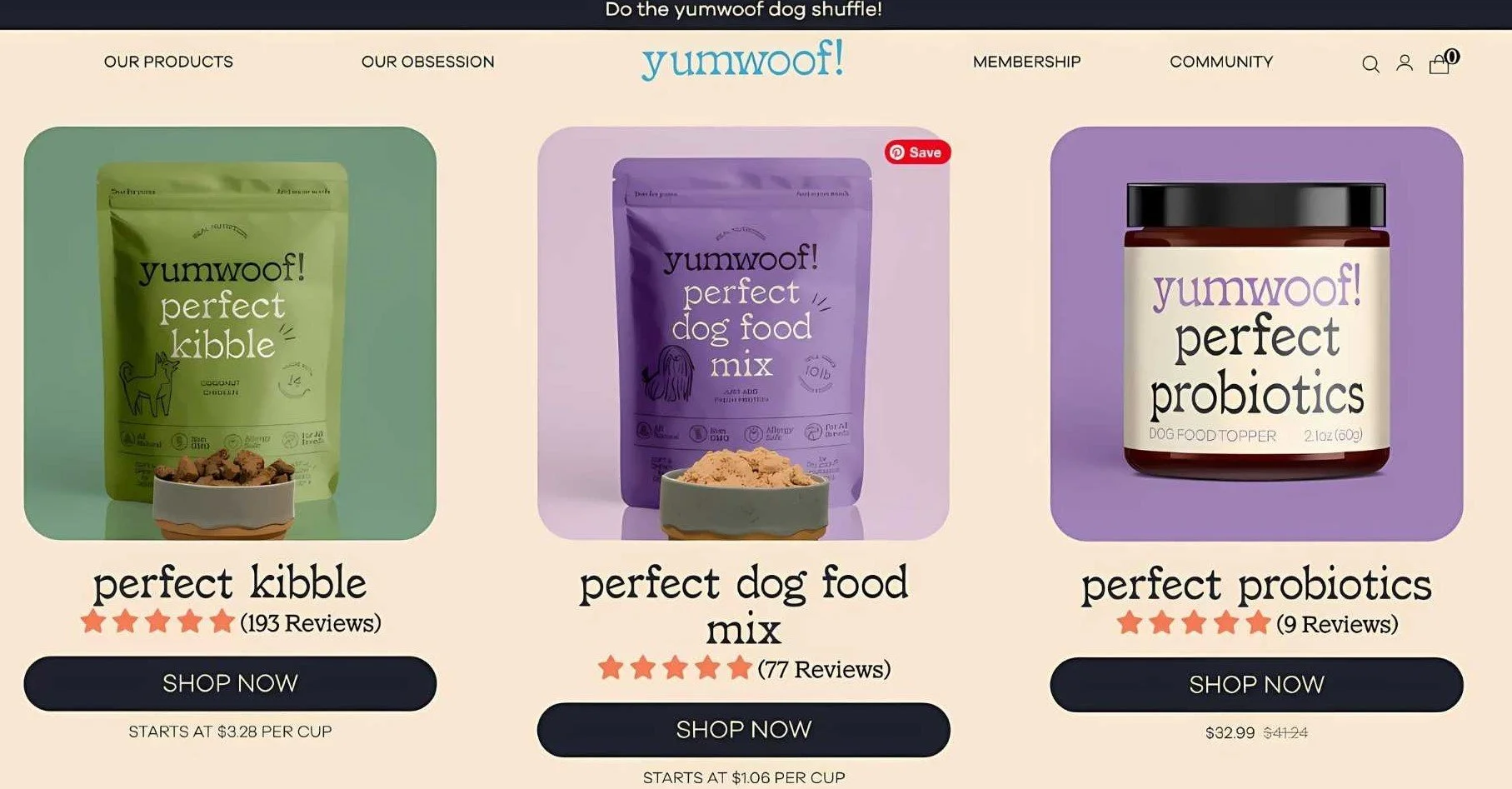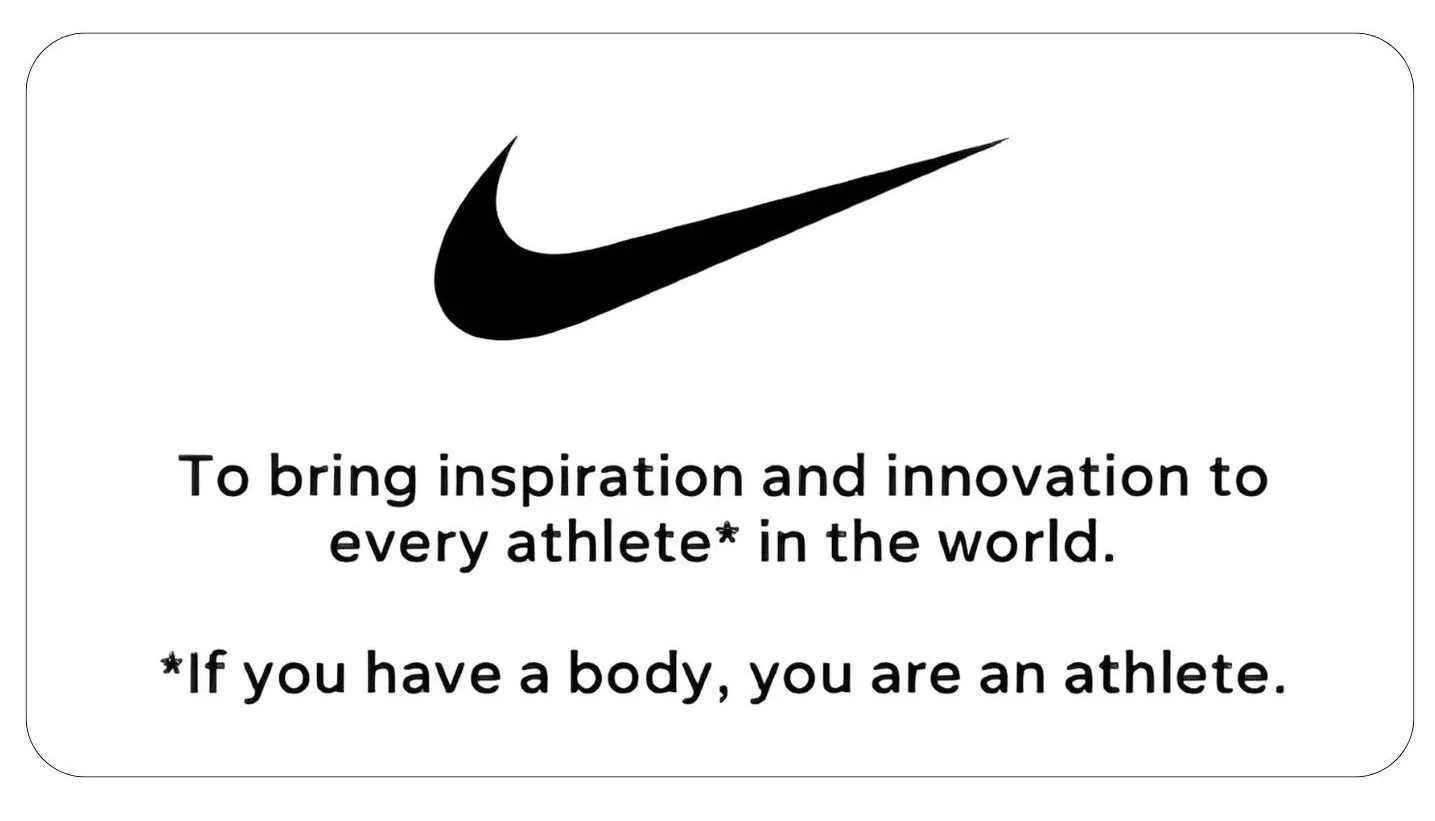Brand as the Central Axis of Modern Business
In today’s business climate, where consumers are not only buyers but content creators, critics, influencers, and stakeholders, a brand is not simply how a company identifies itself, it’s how the world defines it.
Branding is a form of strategic coherence. It’s not a logo, or a color palette, or a set of curated Instagram posts. It's an ecosystem of meaning. As traditional advertising yields diminishing returns and performance marketing becomes commoditized, branding emerges as the only long-term differentiator that can’t be copied.
According to Edelman’s Trust Barometer, only 42% of people trust brands to do what’s right. Attention spans are shorter than ever, just 8.25 seconds on average, and consumers are bombarded with 6,000 to 10,000 ads per day. In this context, the challenge isn’t exposure; it’s depth. It’s not enough to be known, you must be understood, remembered, and preferred.
The world's most successful brands, from Patagonia and Apple to Nike and Glossier, aren’t successful because they sell more; they sell more because they mean more.
This guide is about building that meaning. It combines insights from behavioral psychology, organizational strategy, narrative theory, and branding best practices to help you build a brand from the ground up, or rebuild one with new intention.
What is Brand Marketing?
Brand marketing is the discipline of creating, communicating, and reinforcing the values and identity of a brand over time. It is distinct from product marketing or performance marketing in that its purpose is not immediate conversion, but long-term loyalty and emotional resonance.
Brand marketing includes:
Developing and refining brand positioning
Shaping public perception through consistent messaging
Creating campaigns that reinforce the brand’s mission, personality, and voice
Maintaining narrative and visual coherence across all channels
The foundation of brand marketing is storytelling, a way to help consumers see themselves in your brand, not just buy from it.
It requires a careful balance of consistency and adaptability. On one hand, your brand must be instantly recognizable across platforms and over time. On the other, it must be capable of evolving with shifting cultural, economic, and technological landscapes.
What Is a Brand?
A brand is not a logo, a product, or even a company. A brand is the total perception of a business in the mind of its audience. It is what customers feel, believe, and assume when they encounter your name, product, service, or employees.
Branding is the intentional shaping of that perception.
Every decision, from typography to hiring practices to social media tone, either builds or erodes your brand. In this sense, branding is not the job of the marketing department alone. It is cross-functional, systemic, and cultural.
The Building Blocks of a Brand
Target Audience
Your target audience is the specific group of people your brand seeks to reach, serve, and convert into loyal customers. This group is defined not just by demographics like age or income but by psychographics, what they value, how they think, what problems they face, and what motivates them. Understanding your audience means researching their habits, language, cultural references, and unmet needs. It is only through this understanding that a brand can craft messaging, products, and experiences that resonate deeply and inspire trust.
Brand Identity
Brand identity is the visual and verbal fingerprint of your company. It encompasses your name, logo, typography, color palette, image style, and the aesthetic feel of all communications and products. But it also includes less tangible components like tone, symbolism, and the personality traits conveyed through content and customer interactions. A cohesive identity makes your brand recognizable and memorable. It acts as the connective tissue between your internal purpose and the external experience you deliver.
Brand Voice
Brand voice refers to the consistent expression of your brand's personality in all forms of communication. Whether through social media posts, customer support interactions, product descriptions, or executive statements, your voice conveys who you are and how you relate to your audience. A clear and consistent voice builds trust and familiarity. It signals to your audience that your brand is not just consistent visually, but emotionally and psychologically reliable.
Mission and Values
Your mission is the purpose that drives your company forward, your fundamental reason for existing beyond profit. Your values are the ethical principles and behavioral standards that guide every decision, interaction, and product you create. Together, they serve as your brand's compass. Internally, they shape hiring, culture, and strategic priorities. Externally, they attract like-minded customers and partners who share your beliefs and aspirations.
Style Guide
A style guide is the practical tool that ensures consistency across all brand expressions. It includes detailed specifications on how your brand should be presented visually and verbally. This encompasses logo usage, typography, color palettes, photography styles, tone of voice, and even grammar preferences. A strong style guide not only preserves brand integrity as your organization scales but also empowers internal teams and external partners to represent your brand with confidence and consistency.
How to Build a Brand: A Comprehensive 10-Step Guide
Brand building is not a linear checklist, it’s a layered and iterative process. Each step contributes to a cohesive identity, an enduring reputation, and a meaningful customer relationship. Whether you’re starting from scratch, repositioning after a pivot, or scaling with intention, these 10 steps provide the essential architecture for building a brand that is not only seen, but remembered and revered.
Step 1: Research Your Target Market
Before any brand decision is made, logo, slogan, even name, you must first understand the people you’re building it for. Market research helps you identify customer needs, pain points, desires, and behaviors. It’s how you move from assumptions to insights. This includes both quantitative data (surveys, analytics) and qualitative data (interviews, social listening). You’re not just looking for product-market fit; you’re looking for emotional and cultural alignment. Who are your people? What do they believe? What do they feel ignored about?
How to Use This Step:
Create a research plan: Define questions you need answered (e.g., “What emotional needs drive purchasing in my category?”).
Use multiple sources: Combine web analytics (Google Analytics, Hotjar), social listening (Sprout Social), customer interviews, and competitor analysis.
Segment findings: Identify clusters, e.g., “eco-conscious city dwellers,” “budget-first families”, and prioritize the ones aligned with your value proposition.
Synthesize: Turn findings into personas and problem statements to guide the rest of your brand decisions.
Step 2: Determine Your Brand’s Voice and Personality
A brand’s voice and personality are how it feels to engage with. This is where you shape the emotional texture of your brand. Think of your voice as the brand’s tone in writing and speech, and personality as its traits and behaviors. Is your brand confident, playful, technical, rebellious, nurturing? This decision influences every piece of copy, every response on social media, and even internal culture. Consistency here builds trust; inconsistency breeds doubt.
How to Use This Step:
Run a brand personality exercise: Use frameworks like Jennifer Aaker’s five brand personalities (sincerity, excitement, competence, sophistication, ruggedness).
Create a brand voice chart: Include “Do say / Don’t say” columns, tone descriptors, and sample phrases.
Build tone-specific examples: Write a tweet, a customer email, and a blog post intro in your new tone, review for consistency and effect.
Workshop it: Run voice workshops with internal teams and solicit feedback from target users.
Step 3: Choose Your Business Name
Your name is a brand’s verbal anchor, its first impression and one of its most enduring elements. A great name is memorable, relevant, emotionally resonant, and legally protectable. It’s not just about sounding good; it must support the story you want to tell. The right name creates semantic gravity, pulling meaning toward it through culture, design, and usage.
How to Use This Step:
Explore naming strategies: Use categories like metaphorical (Nike), descriptive (The Weather Channel), invented (Zappos), and suggestive (Buffer).
Run a verbal audit: Say it aloud. Spell it. Does it pass the “bar test” (easy to recall after hearing once)? Is it distinct in your category?
Check for global implications: Run translations, slang checks, and trademark searches.
Validate with users: A/B test name options on social ads or surveys to gauge emotional response and recall.
Step 4: Write Your Brand Story
Your brand story is not a chronological list of events, it’s a narrative arc that helps customers see why your brand exists and why it matters. Stories encode values, build emotional relevance, and make your mission human. The best brand stories feature tension, transformation, and a clear role for the customer, not just the company.
How to Use This Step:
Apply the StoryBrand model: Define your customer’s journey, problem, guide (you), plan, success.
Write your origin with emotion: Why did you start? What did you struggle with? What do you believe in?
Anchor it to your values: Tie personal motivation to larger purpose.
Test formats: Use your story on your website, in video, and as part of investor decks or employee onboarding.
Step 5: Create a Brand Style Guide
Your style guide is your brand’s operational playbook. It allows you to scale creative output without losing consistency. A good style guide ensures everyone, designers, marketers, agencies, knows how to represent the brand across platforms. This isn’t just for visuals. It includes rules for language, use of logo, tone, and content formatting. It’s especially critical when outsourcing or growing quickly.
How to Use This Step:
Compile your visual identity: Final logo versions, color codes (HEX, CMYK), font files, iconography.
Codify your brand voice: Include tone descriptions, examples, and email templates.
Include real-life mockups: Show how assets appear in ads, emails, social posts, and packagin
Distribute smartly: Upload to a shared workspace (like Notion or Canva Brand Hub) for cross-team use.
Step 6: Design Your Logo and Brand Assets
Your logo is not your brand, but it is the most visible symbol of it. A successful logo is simple, scalable, timeless, and reflective of your identity. Alongside your logo, you’ll need a suite of brand assets that extend your identity into digital and physical spaces: favicons, iconography, watermark templates, typography choices, and branded UI elements.
How to Use This Step:
Start with sketches: Don’t design in software first. Sketch 20 rough concepts based on your brand’s values and story.
Design multiple formats: Create stacked, horizontal, and icon-only versions. Test them in small sizes and grayscale.
Use real-world testing: Place logos on mock product packaging, social avatars, and digital banners.
Build an asset library: Organize all logo variations, fonts, and visual templates in a centralized folder.
Step 7: Apply Your Branding Across Your Business
Your brand must be more than design, it must be embedded into processes, communication, and behavior. That means consistency across customer service, HR materials, product descriptions, internal communications, and user experiences. A misaligned landing page, a tone-deaf support email, or an outdated pitch deck all fracture your brand perception.
How to Use This Step:
Conduct a brand audit: Review all customer-facing materials, emails, invoices, onboarding flows.
Train cross-functional teams: Ensure sales, HR, support, and engineering understand and reflect your brand.
Automate where possible: Create brand kits, email signature generators, and style-approved templates.
Document internal usage rules: Include tone adaptations for customer support, legal, or crisis communication.
Step 8: Build a Cohesive Digital Presence
In the digital age, your online footprint is your storefront, your community, and your billboard all in one. A cohesive digital presence ensures your visual identity, voice, and user experience align across platforms. This includes your website, email marketing, social media, SEO strategy, and digital advertising.
How to Use This Step:
Start with your website: Apply brand colors, fonts, voice, and imagery consistently. Optimize navigation to match brand tone (e.g., playful vs. formal).
Unify your social presence: Use the same avatar, tone, and response style across platforms.
Audit your customer journey: Look for disconnects between channels, does an ad’s promise carry through to landing pages and post-purchase emails?
Schedule reviews: Set quarterly audits to catch platform-specific branding drift.
Step 9: Evolve Responsibly
Great brands evolve to stay relevant. But they do so with purpose, not panic. Rebranding or refreshing your brand must be grounded in insight, not ego, not trend-chasing. Evolution can be strategic (new audience, new category) or aesthetic (design refresh), but it must maintain continuity with your existing brand equity.
How to Use This Step:
Track brand sentiment: Use surveys, NPS, social listening, and customer feedback to detect when evolution is needed.
Conduct a competitive refresh: Map where the market is going and where you’re falling behind.
Plan a phased rollout: Soft launch changes internally, then test updates with loyal customers before going public.
Narrate the change: Tell customers why you’re evolving, not just what’s changing.
Step 10: Reinforce Your Brand Marketing
Brand building is never done. It requires consistent effort to reinforce your values, deepen emotional bonds, and remain top of mind. Brand marketing is not about campaigns, it’s about cultural presence. It's how you turn your brand from a static identity into a dynamic participant in your customer’s lives.
How to Use This Step:
Build a brand content calendar: Align storytelling with product cycles, cultural moments, and brand anniversaries.
Launch a values-based campaign: Reinforce your mission through partnerships, events, or initiatives.
Track key brand KPIs: Awareness, sentiment, share of voice, and brand search volume.
Invest in community: Use content, forums, and offline events to keep people connected to your brand emotionally.
Build the Brand, Not Just the Business
The modern consumer doesn’t just buy from brands, they align with them, defend them, and co-create them.
Building a brand today means understanding psychology, leveraging design, mastering narrative, and activating culture.
It is not a one-time campaign or a visual identity project. It’s a living system that requires stewardship.
So build deliberately. Brand as strategy. Brand as system. Brand as story.
Because in a world where everything else can be copied, your brand is the only thing that can’t.
Ryan Edwards, CAMINO5 | Co-Founder
Ryan Edwards is the Co-Founder and Head of Strategy at CAMINO5, a consultancy focused on digital strategy and consumer journey design. With over 25 years of experience across brand, tech, and marketing innovation, he’s led initiatives for Fortune 500s including Oracle, NBCUniversal, Sony, Disney, and Kaiser Permanente.
Ryan’s work spans brand repositioning, AI-integrated workflows, and full-funnel strategy. He helps companies cut through complexity, regain clarity, and build for what’s next.
Connect on LinkedIn: ryanedwards2




